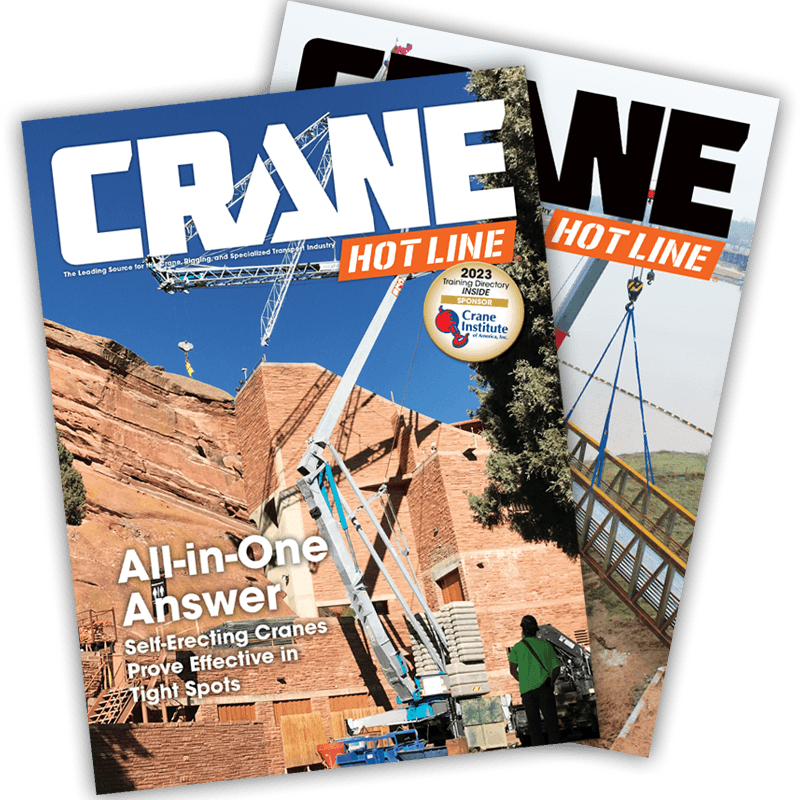Dawes Holds Annual Safety Meeting
March 17, 2011 – Dawes Rigging & Crane Rental, Milwaukee, Wis., held its annual safety meeting on Feb. 26, with 130 employees from the company’s four locations in attendance.
The meeting presentations centered on ways to improve safety, and reviewed some specific safety requirements of the new OSHA Cranes & Derricks in Construction Final Rule 1926.1400.
Steve Freckmann, general manager, and Rick Peters, engineering and safety manager, presented initiatives for improving the company’s overall safety. Planned tactics include increasing the number of job site safety audits and expanding the safety committee at each of the four Dawes branches to include more field and shop employees. As a member of the ALL Family of Companies, Dawes is emulating the corporate-wide effort to involve everyone in improving safety.
Pete Nowak, assistant safety director, presented “Hazard Recognition and Safety Culture.” He discussed the negative impact of accidents on the employee, such as loss of earnings, discomfort due to injury, and loss of mobility to enjoy personal time, as well as the negative effects on the company, such as lost time by fellow workers, lost time for repairing damaged equipment, overhead costs, and damage to the company’s reputation and EMR rating. Using a safety wheel to illustrate, Nowak recommended a preventive cycle of recognize, correct, and prevent.
Guest Speakers included Bob Pendowski, lineman trainer for We Energies, and David Johnson, an attorney for SmithAmundsen in Chicago and a crane accident specialist.
Pendowski discussed power line safety and explained proper procedures for working around both high- and low-voltage lines. He also explained the new 20-foot power line setback rule (OSHA 1926.1407).
Johnson offered analyses of crane accidents and their causes and discussed responsibilities of the personnel involved with lifting operations. He also reviewed OSHA’s 1926.1418 Authority to Stop Operation rule, allowing crane operators to stop a lift if they think it’s unsafe.
“Whenever there is a concern as to safety, the operator must have the authority to stop and refuse to handle loads until a qualified person has determined that safety has been assured,” said Johnson.


